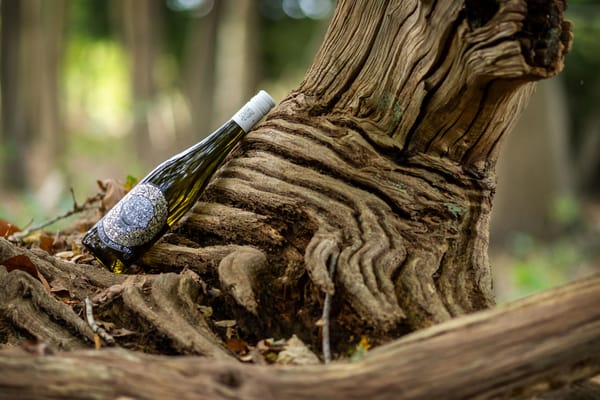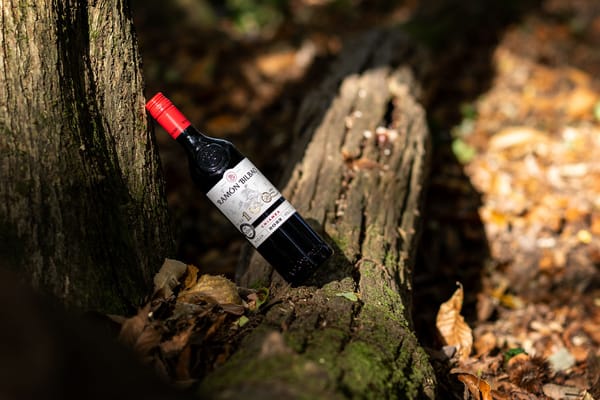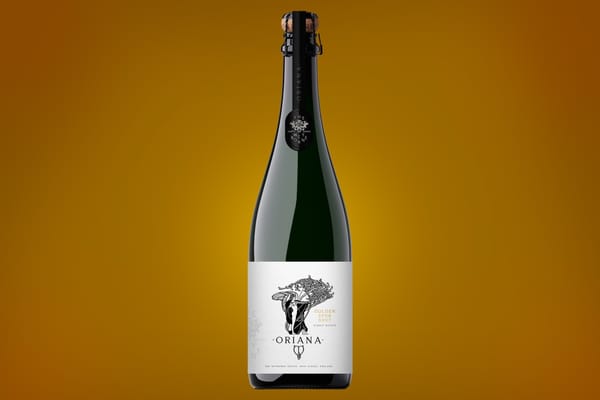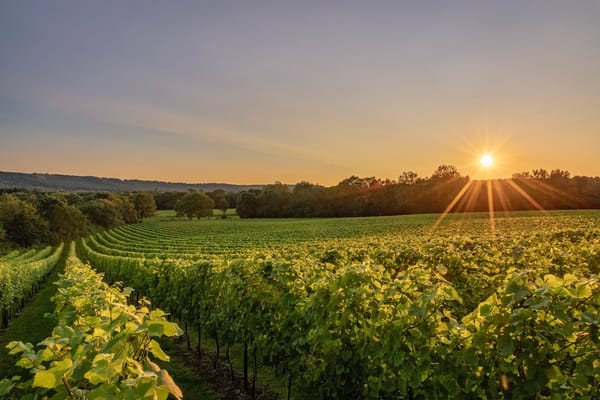Italy
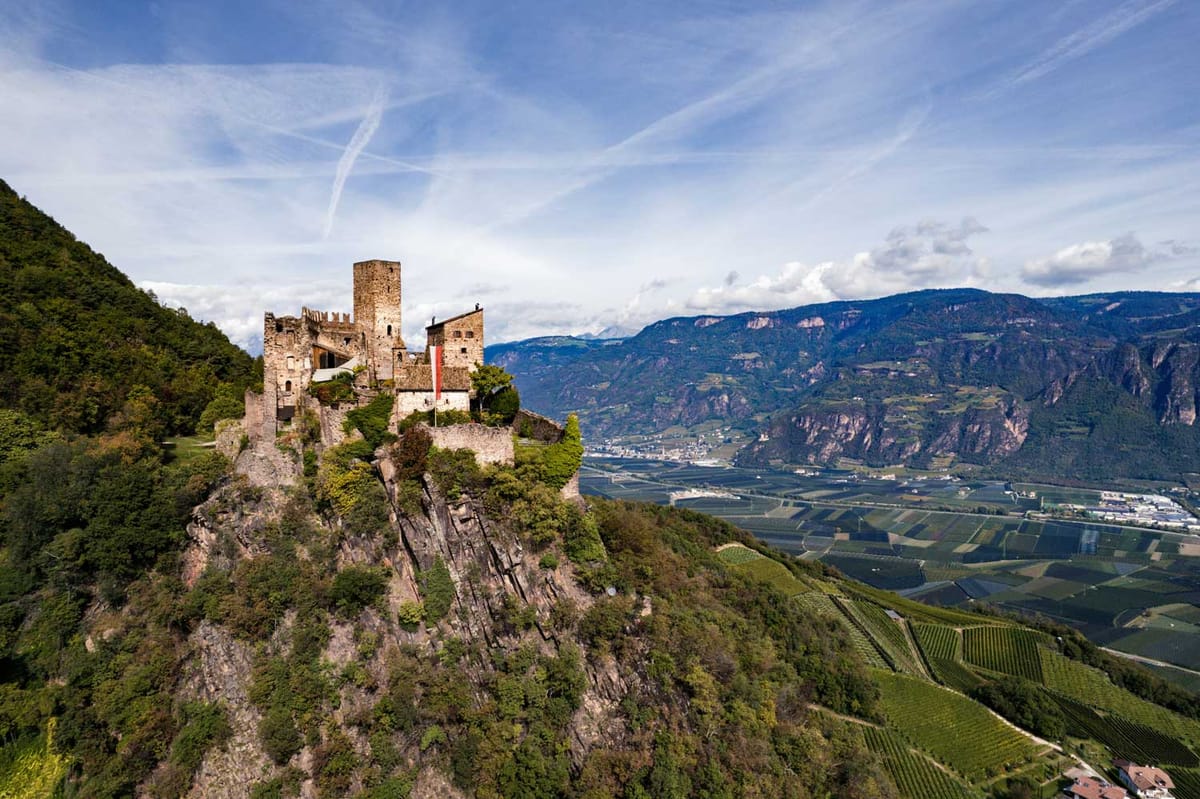
Italy is one of the world's most iconic wine-producing countries, with a history that dates back thousands of years. Renowned for its extraordinary diversity, Italy boasts an unparalleled variety of grape varieties, styles, and regional specialties. From the sun-soaked vineyards of Sicily to the cool alpine slopes of Trentino-Alto Adige, Italian wines offer something for every palate, combining rich cultural heritage with modern innovation.
Winemaking in Italy can be traced back over 4,000 years, with the Etruscans and Greeks laying the foundation for the country’s viticultural traditions. The Romans elevated wine production to new heights, developing techniques such as barrel aging and amphorae storage, many of which still influence winemaking today.
Italy’s wine industry flourished in the Middle Ages under the care of monasteries and nobles, and the country has remained a global leader in wine production ever since. Today, Italy is the world’s largest wine producer by volume, with a reputation for crafting wines of exceptional character and diversity.
Major Wine Regions
Italy is home to 20 wine regions, each reflecting its unique climate, geography, and local traditions. Among the most celebrated are:
Tuscany
Known for its rolling hills and breathtaking landscapes, Tuscany produces some of Italy’s most iconic wines.
Chianti: A blend dominated by Sangiovese, Chianti wines are known for their bright acidity, red fruit flavors, and earthy complexity.
Brunello di Montalcino: Made exclusively from Sangiovese, this wine offers power and elegance with notes of cherry, leather, and spice.
Super Tuscans: Innovative blends of international varieties like Cabernet Sauvignon and Merlot with native Sangiovese, often aged in oak, creating bold and luxurious wines.
Piedmont
This northern region is synonymous with high-quality reds and aromatic whites.
Barolo and Barbaresco: Both made from Nebbiolo, these wines are highly structured and age-worthy, with flavors of rose, cherry, and tar.
Moscato d’Asti: A lightly sparkling, sweet white wine with floral and fruity notes, perfect as an aperitif or dessert wine.
Veneto
Veneto is a hub for both sparkling and still wines.
Prosecco: Italy’s most famous sparkling wine, made primarily from Glera grapes, is crisp, refreshing, and versatile.
Amarone della Valpolicella: A bold, complex red wine made from partially dried grapes, offering intense flavors of dried fruit, spice, and chocolate.
Sicily
The largest island in the Mediterranean, Sicily has become a hotspot for innovative wines.
Nero d’Avola: A rich, full-bodied red with flavors of dark fruit, spice, and earth.
Etna Wines: Crafted from Nerello Mascalese and Carricante grapes grown on the volcanic slopes of Mount Etna, these wines are vibrant, mineral-driven, and unique.
Other Notable Regions
Puglia: Known for Primitivo and Negroamaro, full-bodied reds with ripe fruit flavors.
Trentino-Alto Adige: A cool-climate region excelling in crisp, aromatic whites like Pinot Grigio and Gewürztraminer.
Friuli-Venezia Giulia: Famous for its refined white wines, including Friulano and Ribolla Gialla.
Key Grape Varieties
Italy boasts over 500 officially recognized grape varieties, though a few have achieved global fame:
Sangiovese: Italy’s most widely planted grape, known for its vibrant acidity, red fruit, and earthy complexity.
Nebbiolo: A late-ripening variety that produces tannic, age-worthy wines with floral and savory notes.
Barbera: A versatile red grape with bright acidity and flavors of red berries and spice.
Pinot Grigio: A crisp, approachable white wine with notes of citrus and green apple, especially popular in export markets.
Trebbiano: A widely grown white variety, often used in fresh, easy-drinking wines.
Italy's wine industry is a seamless blend of tradition and innovation. While ancient winemaking techniques like appassimento (drying grapes) persist, modern practices such as organic and biodynamic farming are increasingly common. Many regions are embracing sustainability, with an emphasis on protecting native grape varieties and reducing environmental impacts.
Producers are also experimenting with international grape varieties, blending them with indigenous ones to create exciting new styles. Regions like Sicily and Puglia have become leaders in sustainable viticulture, capitalizing on their sunny climates to minimize the need for chemical intervention.
Italian wines have a global reputation for quality and diversity. From the everyday appeal of Prosecco to the prestige of Barolo and Brunello, Italy offers wines at every price point, catering to both casual drinkers and seasoned collectors. Italian wines are consistently celebrated in international competitions and are a staple on wine lists worldwide.

